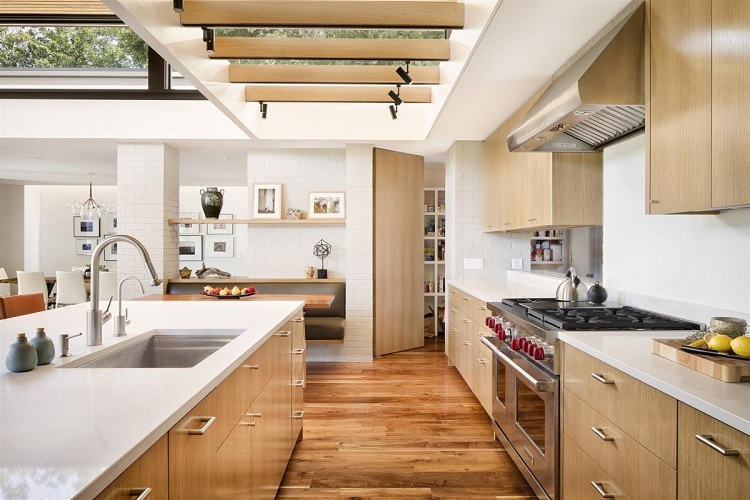Retaining walls are a great way to add structure and definition to your property. They can help you define boundaries and create different levels of ground, all while adding aesthetic appeal to your yard or garden. But what exactly is a retaining wall? What are they used for? How do they work? These are all important questions, so let’s take a closer look at how retaining walls function and the many benefits they provide.
Table of Contents
What is a Retaining Wall?
A retaining wall is a structure that is built to hold back soil or other materials on one side of it, while allowing water from the other side to pass through it. The most common materials used to construct retaining walls include stone, brick, concrete blocks, wood, and even vinyl. They can come in a variety of shapes and sizes depending on their purpose and the needs of the space.
What Are Retaining Walls Used For?
Retaining walls are most commonly used in landscaping projects where there is an uneven terrain with slopes. The wall helps keep soil in place so that it doesn’t erode over time due to gravity or wind erosion. This makes them ideal for residential yards as well as commercial properties that have uneven ground or need additional soil support due to construction projects. In addition to keeping soil in place, retaining walls can also be used as decorative features by adding aesthetic appeal as well as providing visual interest.
How Do Retaining Walls Work?
Retaining walls work by creating an “uphill pressure” that resists the downward force of gravity on the soil behind it. This pressure is created by using materials such as blocks or stones that interlock together forming a solid structure.
Additionally, many retaining walls include drainage systems that allow water from one side of the wall to pass through it without compromising its structural integrity. This prevents damage from occurring due to excess water buildup behind the wall which can cause cracking and shifting over time if not handled properly.
Keep Your Walls Up
In conclusion, retaining walls are structures that are used for both practical purposes such as stabilizing soils and creating level surfaces, as well as for aesthetic purposes such as adding visual interest and definition to outdoor spaces like gardens or yards. Whether you’re looking for something purely functional or something more decorative, retaining walls offer countless possibilities when it comes to enhancing any outdoor space! Consult with a service provider near you to find installation services




